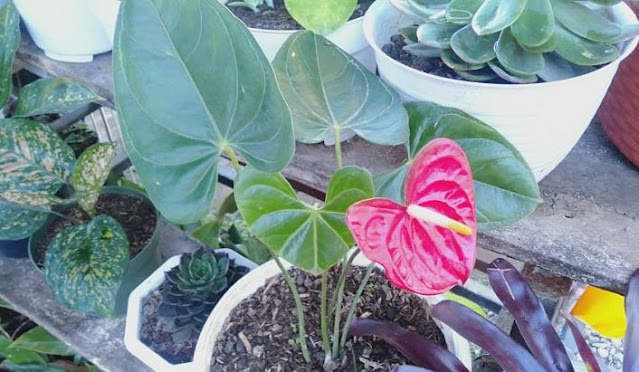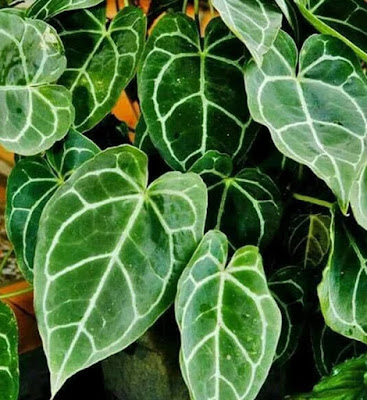The Amaryllis Flower: Beauty and Substance Combined
The Amaryllis, scientifically known as Hippeastrum, is a stunning flowering plant that captivates hearts with its vibrant colors and graceful appearance. Originating from the tropical regions of South America, this flower has become a popular choice for both indoor and outdoor gardening enthusiasts. Beyond its aesthetic appeal, the Amaryllis also possesses intriguing substance content that adds to its allure. In this article, we will explore the characteristics of the Amaryllis flower and delve into its fascinating substance content.
Characteristics of the Amaryllis Flower:
The Amaryllis is a bulbous plant that produces large, showy blooms atop tall, sturdy stems. These flowers come in a variety of shades, including red, pink, orange, white, and even striped or multicolored variations. The blooms themselves consist of six petals, each with a slightly wavy or ruffled edge, creating an exquisite and elegant display.
The Amaryllis blooms typically measure 6-10 inches in diameter, making them a striking addition to any garden or floral arrangement. The flowers often emerge in winter or spring, offering a burst of color and beauty during the colder months when other plants may be dormant.
Substance Content of the Amaryllis Flower:
Apart from its visual appeal, the Amaryllis flower contains various substances that contribute to its overall value and potential health benefits. Let's take a closer look at some of these substances:
Alkaloids:
The Amaryllis flower contains alkaloids, which are naturally occurring compounds that have various effects on living organisms. These alkaloids contribute to the plant's bitter taste and are believed to act as a defense mechanism against herbivores. Some alkaloids found in the Amaryllis, such as lycorine and galantamine, have attracted interest in the medical field due to their potential therapeutic properties.
Antioxidants:
Amaryllis flowers are known to contain antioxidants, which help protect the body against harmful free radicals. Antioxidants play a vital role in preventing oxidative stress, reducing inflammation, and promoting overall well-being. Including Amaryllis blooms in your environment may contribute to a healthier living space.
Essential Oils:
The Amaryllis flower produces essential oils that emit a pleasant fragrance. These oils are commonly used in perfumes, cosmetics, and aromatherapy. The sweet and uplifting scent of the Amaryllis can create a calming atmosphere and enhance mood.
Medicinal Potential:
While further research is needed, certain compounds found in the Amaryllis flower show promise for potential medicinal applications. For example, galantamine, an alkaloid derived from Amaryllis, has been studied for its potential use in treating Alzheimer's disease and other neurological conditions.
Conclusion:
The Amaryllis flower stands as a symbol of beauty, grace, and elegance, with its vibrant colors and large, showy blooms. Beyond its visual appeal, this enchanting flower possesses an intriguing substance content that adds depth to its allure. From alkaloids and antioxidants to essential oils and potential medicinal compounds, the Amaryllis offers more than just a stunning display; it brings potential health benefits and aromatic delights. Whether adorning a garden or gracing a vase indoors, the Amaryllis flower continues to capture our admiration and curiosity with its captivating characteristics and substance content.






